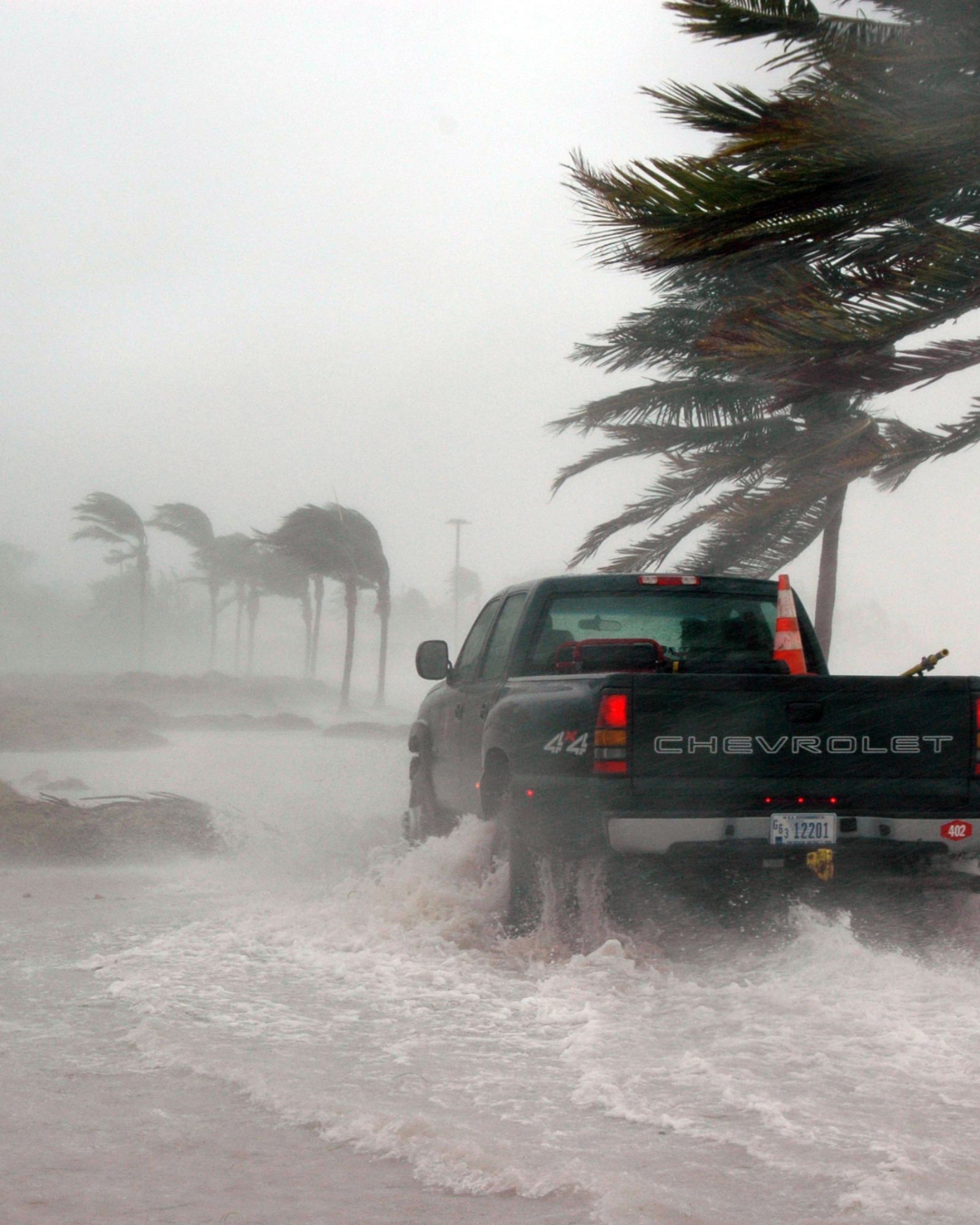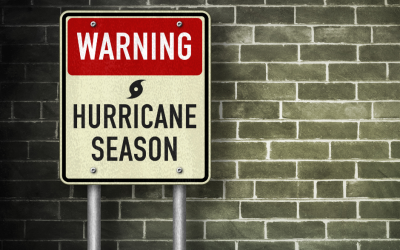Resources
On This Page
From field tools to recovery checklists, here’s a quick guide to everything we’ve packed into this resource hub.

Blog
Insights and strategies to help adjusters stay organized and homeowners navigate the claims process

Resources for Adjusters
Official forms, tools, and templates to help adjusters stay organized and on point
Resources for Homeowners
Clear guidance and checklists to help homeowners understand claims and recover with confidence
Blog
The Infrastructure Layer of Claims: Why Workflow Is the Next Frontier in Insurtech
Claims don’t break at the top, they break in the middle. This blog explores why modern workflow tools are reshaping the infrastructure layer of claims and where insurtech is headed next.
How Smart Systems Improve CAT Response from Storm to Settlement
From the first field inspection to final claim submission, CAT events leave no room for error. This post breaks down how the right claims system can streamline every step—helping adjusters stay organized, reduce compliance risks, and handle surging volumes without losing control.
How Technology Can Help Reduce Stress for Claims Adjusters
Claims adjusting comes with pressure, deadlines, and constant multitasking. The right technology can ease that load by helping adjusters stay organized, meet compliance, and reduce mental strain all without adding extra complexity.
How to Prep Your Claims Files for Examiner Review (Without the Back-and-Forth)
Examiner reviews can make or break your workflow. This guide walks independent and firm-based adjusters through the essential steps to prep a claim file that’s clear, complete, and ready for approval without the time-wasting back-and-forth.
Hurricane Season 2025: How Adjusters Can Prepare for the Surge
Hurricane season 2025 is already driving record claims along the Gulf Coast. From licensing prep to field organization, here are practical strategies for adjusters to stay ahead during CAT deployments and handle claim surges without burning out.
5 Mistakes Solo Adjusters Make That Cost Them Claims (and Credibility)
Working solo as an adjuster means you’re managing everything — deadlines, documentation, communication, and follow-ups — all on your own. It’s easy to fall into habits that can quietly cost you claims or damage your credibility. In this blog, we cover five common mistakes solo adjusters make and how to avoid them with simple, practical fixes that help you stay sharp, professional, and in demand.
Resources for Adjusters
Staying organized, accurate, and on time is what keeps good adjusters in demand. This page brings together practical tools, official forms, and up-to-date references to help you manage claims more efficiently and maintain your reputation. These resources are handpicked for adjusters handling flood files built from real field experience, not theory.
NFIP Claims Handbook
The official claims manual for NFIP-certified adjusters. This guide outlines procedures for scoping, estimating, and reporting flood claims in compliance with FEMA standards. It includes detailed requirements for documentation, file handling, and Proof of Loss submissions. This is the primary reference for adjusters working NFIP flood claims.
NFIP Bulletin Archive
The NFIP Bulletin Archive contains official bulletins issued to adjusters and Write-Your-Own (WYO) companies. These bulletins provide updates on policy changes, procedure revisions, deadline extensions, and claims handling guidance. Staying current with these bulletins is essential for compliance and accurate claim processing.
FEMA Proof of Loss Form
This is the standard FEMA-issued Proof of Loss form used in NFIP flood claims. It must be completed, signed by the policyholder, and submitted within the required deadline to support payment. Adjusters are responsible for helping ensure the information is accurate, complete, and submitted on time as part of the claim file.
FEMA Disaster Declarations Page
This page lists all current and historical FEMA disaster declarations by state and disaster type, including floods, hurricanes, and severe storms. It’s a useful reference for adjusters tracking active deployments, understanding which areas are federally declared, and verifying eligibility for NFIP claim activity.
NOAA Flood Data and Forecasting Tools
NOAA provides real-time flood data, river forecasts, rainfall totals, and predictive tools that help adjusters assess flood impact and timing. These tools support documentation, validate cause of loss, and give valuable context during field inspections or claim reviews. Especially useful when working active CAT zones or pre-storm planning.
National Association of Catastrophe Adjusters (NACA)
NACA is a professional organization for independent and catastrophe adjusters, including those handling flood claims. It offers continuing education, annual conferences, and networking opportunities with firms and carriers. Membership provides access to adjuster directories, deployment leads, and industry updates. A useful resource for staying connected, sharpening skills, and growing your presence in the adjusting community.
Resources for Homeowners
Filing an insurance claim after a flood or storm can be confusing, especially when you’re dealing with damage and trying to figure out what comes next. This section brings together trusted information, official forms, and helpful checklists to guide you through the recovery process. These resources are selected to make the claim experience a little less overwhelming and to help you feel more prepared every step of the way.
NFIP Claims Handbook
This official FEMA handbook walks policyholders through each step of the flood claims process. It explains how to report a loss, what to expect during the adjuster’s visit, how to document damage, and how payment decisions are made. A helpful starting point for anyone filing a flood insurance claim for the first time.
NFIP Summary of Coverage Brochure
This brochure gives a high-level overview of what’s covered and what’s not under a Standard Flood Insurance Policy. It breaks down coverage limits, types of property protected, and common exclusions in plain language. A useful reference for understanding the basics before or after a flood event.
NFIP Flood Claims Process
This one-page reference outlines the key steps in the NFIP flood insurance claims process from reporting your loss to receiving payment. It’s a quick and clear overview that helps you understand what happens when, what to expect from your adjuster, and how to avoid delays during your claim.
FEMA Policyholder Appeals Process
If you disagree with a flood claim decision, FEMA offers a formal appeals process. This page explains how to submit an appeal, what documentation is needed, and how the review process works. It’s a helpful resource if you feel your claim was underpaid or denied and want to request a second look.
Storm Readiness & Recovery Tools
Storms can move fast, but preparation doesn’t have to. This section includes official checklists, emergency planning guides, and recovery resources to help you get ready before a storm hits and navigate the aftermath safely. All materials are from trusted government sources and are especially useful for flood-prone areas.

Hurricane Prep & Safety Checklist
This checklist from FEMA outlines key steps to take before a hurricane hits — from securing your home and gathering supplies to making evacuation plans. It’s a simple, printable tool to help you stay organized and prepared when time matters most.
Flood Prep Guide
This official guide from Ready.gov offers straightforward steps to prepare for a flood, stay safe during one, and recover afterward. It covers how to protect your home, create an evacuation plan, build an emergency kit, and what to do if you’re displaced. A great resource to bookmark before storm season.
Emergency Supply Kit Checklist
This checklist from Ready.gov outlines the essential items every household should have in an emergency supply kit including food, water, first aid, tools, and important documents. It also offers tips for customizing your kit for pets, young children, and local hazards like floods or hurricanes. A must-have reference for staying ready before the next storm.
Hurricane Tracking & Forecast Center
This is the official source for real-time hurricane tracking, forecasts, and alerts from the National Hurricane Center. It includes storm maps, projected paths, intensity updates, and preparedness tips. Ideal for staying informed before, during, and after any coastal storm or hurricane.
Home Preparation Tips for Storm Safety
Created by the Federal Alliance for Safe Homes (FLASH), this guide offers practical tips to strengthen your home before a storm. From roof tie-downs to window protection and yard cleanup, it walks you through smart steps to reduce damage during hurricanes and severe weather. A go-to resource for storm season preparation.






